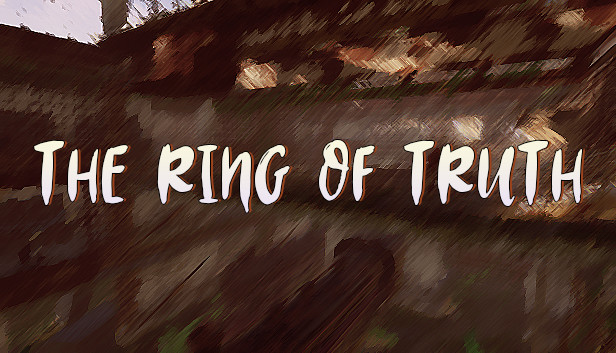Christmas Facts, celebrated worldwide with joy and merriment, is a time of traditions, warmth, and festivities. Beyond the familiar carols, decorations, and gift-giving, there are countless intriguing facets of this holiday season that often go unnoticed. In this article, we’ll unravel ten festive facts about Christmas that are sure to surprise and delight.

- The Origin of the Candy Cane:
The humble candy cane, a staple in Christmas facts stockings, has a sweet history. Legend has it that a choirmaster in Germany, in the late 17th century, created these sugar treats to keep children quiet during lengthy nativity scenes. The cane shape is said to represent the shepherd’s crook or the letter “J” for Jesus, making this sugary delight a delicious symbol of the season.
- The Puzzling Twelve Days of Christmas:
Beyond the famous song, the Twelve Days of Christmas facts are a Christian tradition beginning on December 25th and culminating on January 5th. Contrary to popular belief, these days are not the lead-up to Christmas, but rather a period of celebration following the birth of Jesus. Each day represents a different gift, with various interpretations attributing symbolic meanings to the presents, adding an extra layer of mystery to this festive countdown.
- The Tallest Christmas Tree in History:
While many households opt for modest-sized Christmas facts trees, some communities take their decorations to new heights. In 1950, a Douglas fir named “The Christmas Giant” from Seattle, Washington, earned the title of the tallest Christmas tree ever recorded. Standing at a staggering 221 feet, this monumental tree showcased the spirit of Christmas on a grand scale.
- A White Christmas Dream:
Dreaming of a white Christmas is a common sentiment expressed in songs and stories, but the chances of waking up to a snowy landscape on December 25th vary widely. Surprisingly, only about 25-30% of the United States experiences a white Christmas, defined as having at least one inch of snow on the ground. Regions with a higher probability of snowfall during this festive season include the northern states and higher elevations.
- Christmas Cards: A Victorian Tradition:
Exchanging Christmas cards is a widespread tradition today, but it originated in the Victorian era. Sir Henry Cole, a British civil servant, commissioned the first Christmas card in 1843. The card depicted a family toasting and featured a charitable message, aligning with the spirit of giving during the holiday season. This tradition has evolved over the years, with billions of Christmas cards exchanged globally each year.
- The Royal Christmas Broadcast:
A beloved tradition in the United Kingdom, the Royal Christmas facts Broadcast has been an annual occurrence since 1932. King George V delivered the first broadcast over the radio, and it has since evolved into a televised event. Queen Elizabeth II continues this tradition, addressing the nation and the Commonwealth, reflecting on the year and sharing messages of hope and unity.
- The Origins of Mistletoe Traditions:
Mistletoe has been associated with Christmas traditions for centuries, but its origins can be traced back to ancient Druidic rituals. The Druids believed that mistletoe had magical properties, symbolizing fertility and protection. Over time, this belief evolved into the custom of kissing under the mistletoe, a playful tradition that has endured through the ages.
- The Real Saint Nicholas:
The inspiration behind the modern-day Santa Claus, Saint Nicholas, was a fourth-century bishop in present-day Turkey. Known for his generosity and kindness, he became the patron saint of children and sailors. The transformation of Saint Nicholas into the jolly figure we recognize today began in the 19th century, with the fusion of various cultural and folkloric elements.
- The Christmas Stocking Legend:
The tradition of hanging stockings by the fireplace has a heartwarming legend attached to it. According to folklore, a widowed man faced financial hardship and worried about his three daughters’ futures. Saint Nicholas, aware of the family’s struggles, dropped gold coins down the chimney, and they landed in the stockings hung by the fireplace to dry. This benevolent act led to the enduring custom of hanging stockings for Christmas gifts.
- The Global Celebration of Christmas:
While Christmas is widely associated with Christian traditions, it has become a global celebration embraced by people of various cultures and religions. In Japan, for example, it is a time for couples to celebrate romantically, and in China, the festive season has gained popularity despite being a minority religion. The universal themes of joy, love, and goodwill have transcended cultural boundaries, making Christmas a truly inclusive and global celebration.
As we immerse ourselves in the enchanting atmosphere of Christmas, these ten festive facts add depth and richness to the holiday season. From the origins of beloved traditions to surprising historical anecdotes, Christmas continues to captivate hearts and minds around the world. As we exchange gifts, share meals, and enjoy the company of loved ones, let’s cherish the diverse tapestry of traditions that make Christmas a truly magical time of year.






